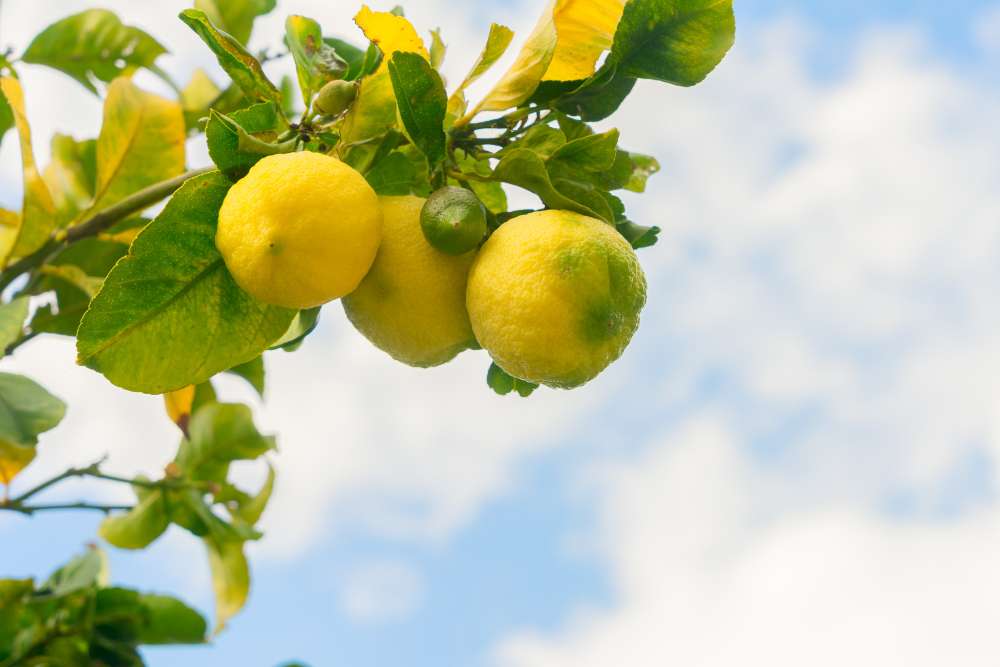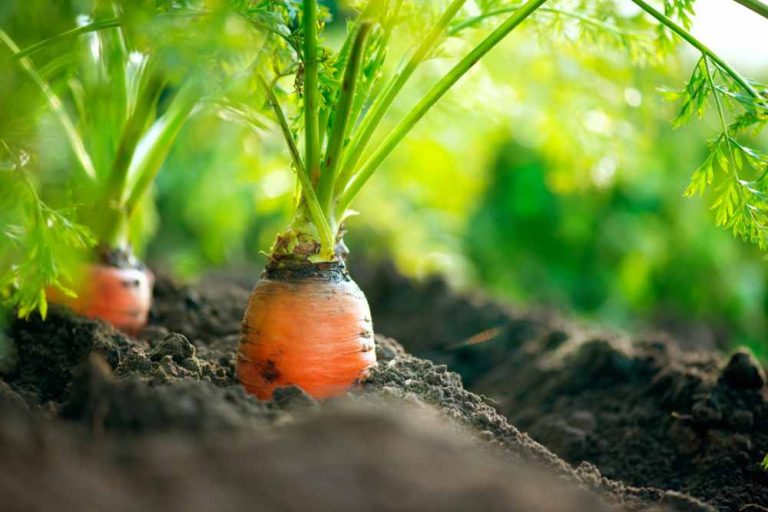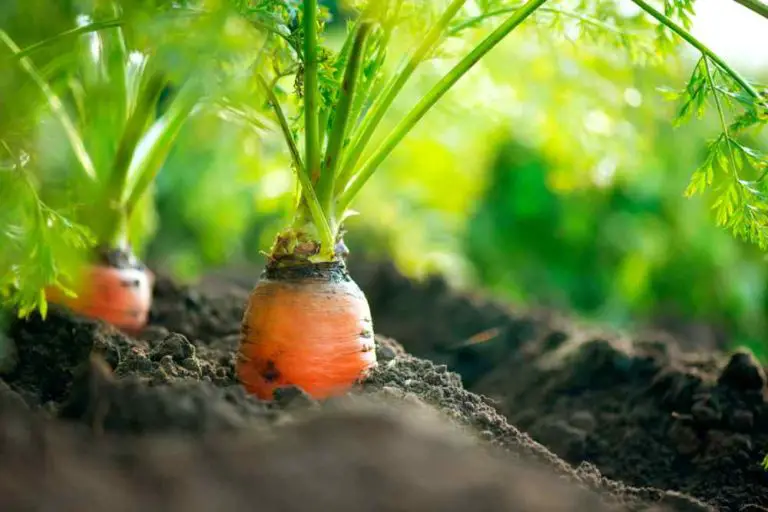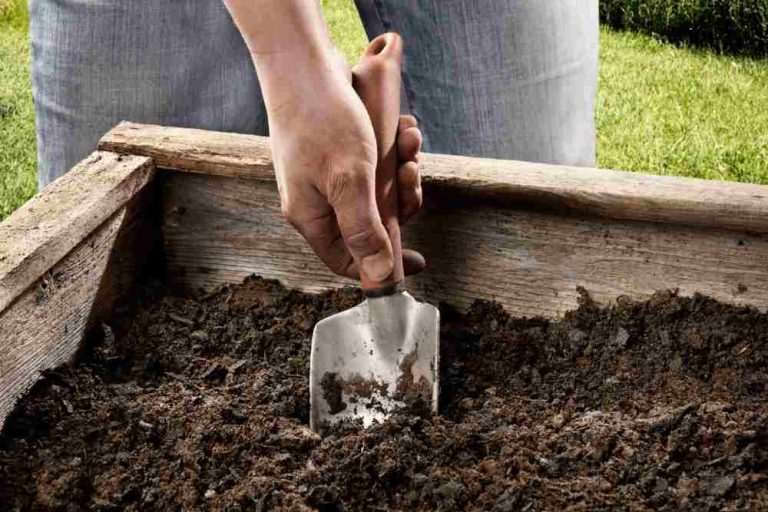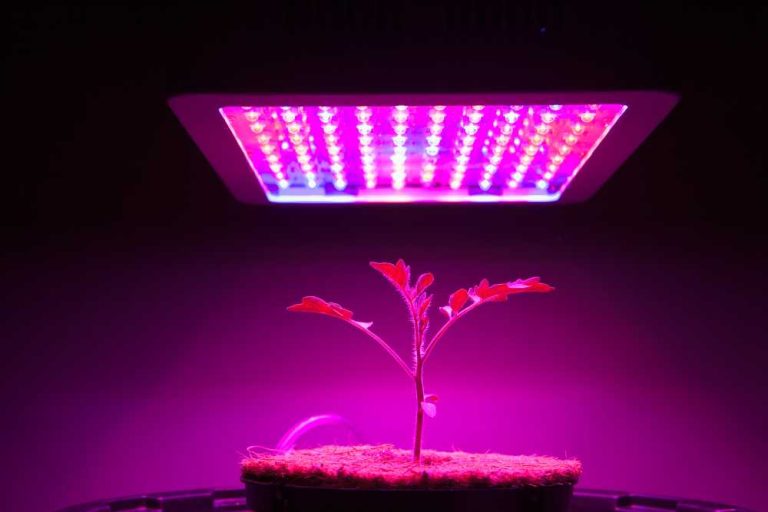Growing Lemon Trees From Seed: A Step-by-Step Guide
Some of the simplest fruit plants to grow in pots are lemon trees. They only require the correct soil, a sunny windowsill, and a lot of patience. Let’s learn growing lemon trees from seeds.
Will Dry Lemon Seeds Germinate?
No, Dry lemon seeds, on the other hand, will not germinate. You can place the seeds in a glass of water overnight before planting them the next day.
How Long Does That Take?
A mature lemon tree takes three to six years to grow from seed, with fruit beginning to appear around year five. It only takes a few months to grow a little lemon tree that will look lovely in a container in your home.
Should I Grow My Lemon Tree In The Ground Or In A Container?
Unless you reside in an area with exceptionally mild temperatures all year round and no fear of frost, then you should grow your lemon trees in containers rather than in the ground. Containers are perfect for sensitive plants like citrus (e.g. lemon) that thrive outside in summer. Make a focus on your container displays in summer, grouping your pots prominently on the patio or deck. make sure to bring them inside before the first frost in late autumn.
You need to consider the following factors to start growing lemon trees from seed.
Seeds
To begin developing a lemon tree, take the seeds and immerse them in water. Large seeds germinate best but first remove the outer husk. Allow the seeds to soak in water for 6-7 days, changing the water every day. Your seeds will be ready to be repotted to their new home very shortly.
Pot
Make sure that the pot has drainage holes. The key requirements to developing a successful lemon are good drainage and air circulation to the roots. A happy plant has good drainage. The plastic pot will suit if you frequently move the pot in and out because it is lightweight and tends to keep the soil damp for longer, but clay pots are much nicer and enable the roots to breathe.
If you don’t mind watering more frequently, choose natural materials over artificial ones. Size matters too. Choose a taller rather than wider pot. This will give a strong foundation for the tree.
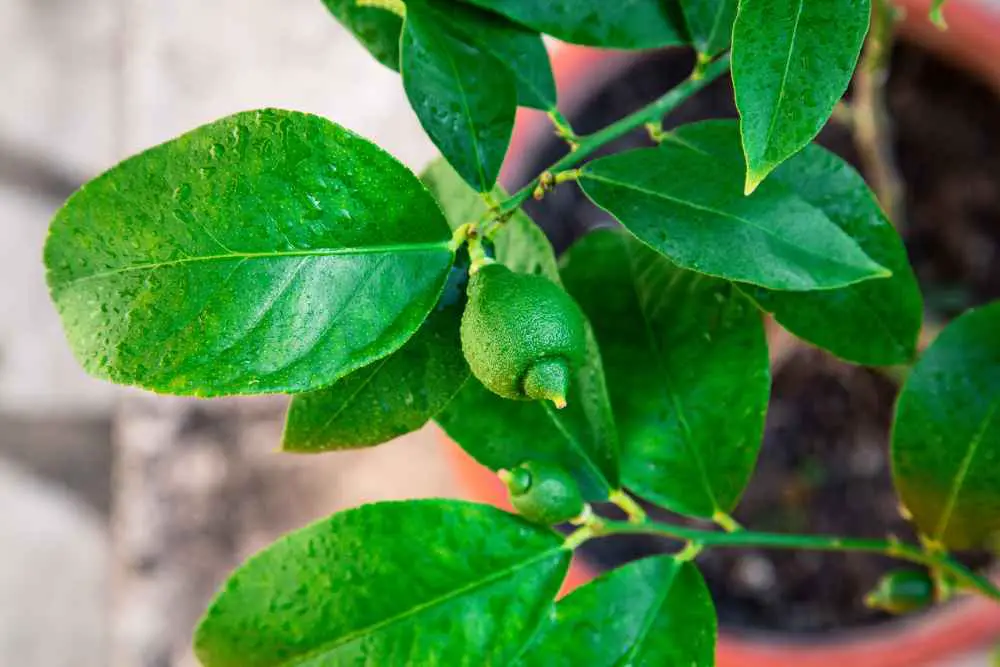
Soil
The type of soil you use is determined by the type of pot you are using. If you put the tree in a clay container, the soil will dry up more rapidly, and it is recommended to use soil with more organic content.
Because citrus plants do not thrive in extremely dry soil, you want to conserve moisture for as long as possible. If you are using a plastic pot, however, it is better to plant the tree in a peat substrate because peat is a light and structured media that will help drain excess water. Fill a tiny container halfway with pasteurized soil mix or half with perlite or sand and pasteurize it yourself.
Planting
Plant numerous lemon seeds around ½ inch (1 cm.) deep to increase the chances for lemon seed propagation. Moisten the soil lightly and cover the top of the pot with plastic wrap to aid with water retention. Maintain wet but not saturated soil.
Keep your growing lemon tree seeds in a place that is around 21 degrees Celsius; the top of the refrigerator is perfect. Once the seedlings sprout, transfer the pot to better light and remove the plastic.
Transplanting
Transplant the seedlings into bigger, 4 to 6-inch (10-15 cm) pots filled with sterile potting media once they have multiple sets of leaves. Fertilize them every two to four weeks with a potassium-rich water-soluble fertilizer, and keep the soil wet.
Re-Potting
Re-pot your lemon tree every couple of years or so around the beginning of spring. The size of your pot should correspond to the size of your tree. Use a container that is one size bigger than your previously used pot.
After its third year, a healthy lemon tree starts to produce fruit. Once that happens, a tree can give a harvest reliably every year under the correct temperature and soil conditions. After a tree begins to bloom, it takes 4-12 months before harvest, which normally occurs between summer and winter.
How Much Light Do Lemon Trees Need
Citrus trees are native to warm climates and thrive in the sun. They require 8-12 hours of daylight per day. So, position your lemon tree in the sunniest spot in the house. Another thing to remember is to rotate the pot at least once a week, especially if the light is not falling directly on the plant but illuminating it from the side, such as from a window.
In this manner, the plants will not be deformed in search of light. If you want to put the lemon on the balcony or patio in the summer, make sure it is protected from the midday sun, which can burn the plant’s leaves. The light of the morning and afternoon sun is especially inspiring to citrus trees.
Temperature
When minimum temperatures fall below a certain threshold, it is time to transfer the citrus to a warmer spot. Plants, like all living things, dislike rapid changes in their living environment. Acclimate your lemon before taking it home by placing it in a spot with transitional light and heat levels, such as under a shed, on a stairway, or in another transit location. Do the same in spring, when you need to progressively adapt the plant to outdoor living circumstances.
Watering
Citrus trees since they dislike dry soil, but they also dislike overly damp environments where their roots might rot. However, there is no common amount of water for your lemon because watering is dependent on the pot, soil, heat, humidity, and light and whether it is raining, windy, cloudy, or scorching hot. The best tip we can provide you is to keep a close eye on your tree.
There are numerous moisture indicators, and one simple technique is to insert a wooden stick in the pot for 10-15 minutes and see if it has gotten the plant to create deep roots, whereas regular and light watering merely wets the topsoil and leads the plant to develop shallow, superficial roots.
If the fertilizer is still moist, check to see if it is time to water. Lightly remove the top layer of soil and, if it’s absolutely dry, it is necessary to water the plant. Furthermore, regular yet light irrigation is better than excessive watering over time.
When you offer enough water to reach the bottom of the pot, you stimulate the plant to produce deep roots, whereas frequent and light watering simply wets the topsoil and causes the plant to create shallow, superficial roots. Water your tree thoroughly but infrequently.
Do Lemon Trees Need Fertilizer?
This is critical for potted plants since they absorb as many nutrients as we supply. And especially if we want a plant to flower and create fruit, sufficient nutrition is necessary. Use a liquid fertilizer for citrus (lemon), which should be dissolved in the water when you water the lemon tree.
Citrus fertilizers offer all of the necessary micro and macro ingredients to help your citrus grow healthy and feed beautiful lemons. Follow the instructions on the packaging and observe the appropriate fertilizing and dosing times. Check out these organic indoor plant fertilizers for all-natural, zero-waste fertilization techniques.
Worm Castings Organic Fertilizer

Burpee Natural Purpose Granular fertilizer

Osmocote Smart-Release Plant Food Plus Outdoor & Indoor Fertilizer

Jobe’s Organics Fruit & Citrus Tree Fertilizer

Lemon Pests
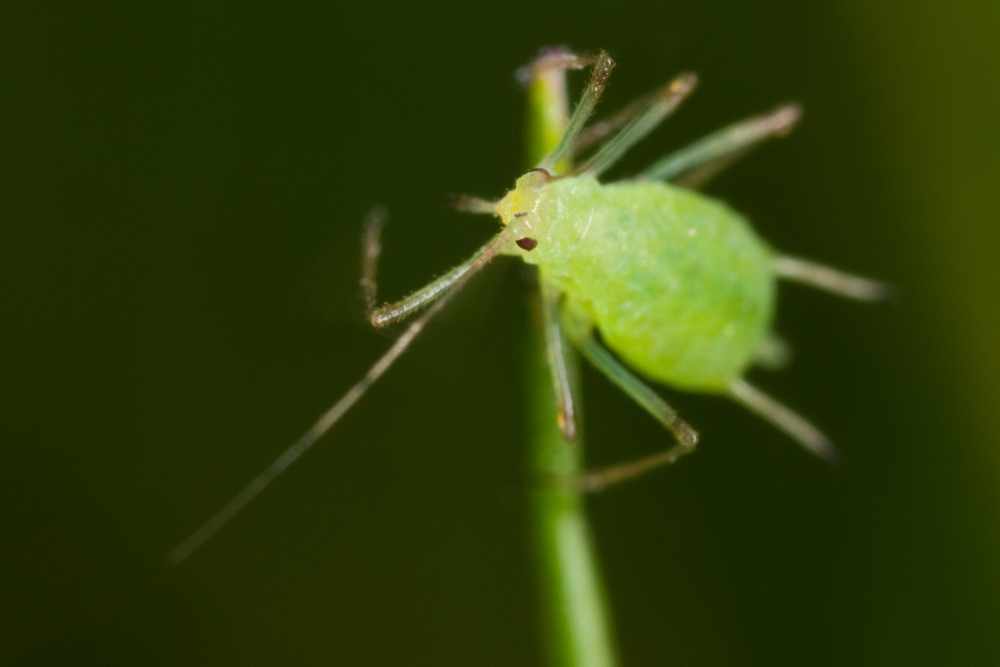
Citrus Canker
Citrus canker is probably the most dangerous of lemon pests and diseases. A bacterial infection causes yellowish, halo-like scabs to form on the fruits, leaves, and twigs. The bacteria are spread by wind, insects, birds, garden instruments, and anyone who rubs up against the tree.
If left untreated, the disease swiftly spreads and can cause blemished fruit, fruit drop, leaf loss, and even tree mortality. Treatment involves prevention rather than cure, with a liquid copper fungicide. There is no cure for infected trees, and they must be killed to prevent the disease from spreading to other trees.
Sooty Mould
Sooty mould is formed by honeydew, which is a byproduct of the eating habits of various pests such as aphids, leafhoppers, mealybugs, scale insects, and whitefly. Honeydew is a sweet and sticky liquid secreted by these parasites as they digest the vast amounts of sap sucked from the plant. This liquid provides a perfect surface for the growth of certain molds.
Sooty mold won’t grow without the honeydew. So, wherever you discover sap suckers, you will confront sooty mould. The mold’s shape and color are provided by branching, thread-like hyphae. The fungal does not infect plants, but it does reduce sunlight penetration to the leaf, reducing the plant’s capacity for photosynthesis. This can result in slowed growth, rapid leaf aging, leaf drop, or even plant death.
Aphids
Aphids are well-known lemon pests and disease vectors. Small populations can be tolerated by a tree, but huge populations can cause considerable harm, including distorted leaves, leaf drops, and twig and branch damage. A variety of aphid control treatments are available (learn more).
Leaf-Miner
Tunnels that appear to wind their way through the leaves are frequently created by the larvae of some moths, sawflies, flies, beetles, and wasps. Tunneling by the larvae decreases the ability of the leaves to photosynthesis, resulting in poor development and limited flower and fruit output.
Some species’ larvae may also eat through the stems and root system. The tree should be treated with a suitable insecticide as soon as there are signs of leaf-miner infiltration. Systemic insecticides have a higher success rate than contact insecticides because they are absorbed by the leaf and kill the larva while it eats.
Orange Dog Caterpillars
The Orange dog Caterpillar is a two-inch-long brown, green, and white caterpillar. The marks constitute an excellent barrier to predators by acting as a smart copy of bird droppings. The Orange dog Caterpillar is the juvenile stage of the black and yellow swallowtail butterfly, found throughout Florida and the tropics.
The adult butterfly deposits her eggs on new citrus leaves, and the caterpillars that hatch from the eggs eat the leaf flesh. Orange dogs can defoliate a whole tree if there are enough of them.
To control the Orange dog Caterpillar, manually remove and destroy the caterpillars by hand. When disturbed, the caterpillars may extend two red horn antennas from behind their heads, emitting a strong, nasty odor.
Severe Orangedog Caterpillar infestations can be managed by spraying with an insecticide that contains either Spinosad or Bacillus thuringiensis (BTK). Both pesticides are generated from bacteria that occur naturally. Spray the entire tree. A second treatment may likely be required in a month or so, depending on the intensity of the infestation.
Lemon Diseases
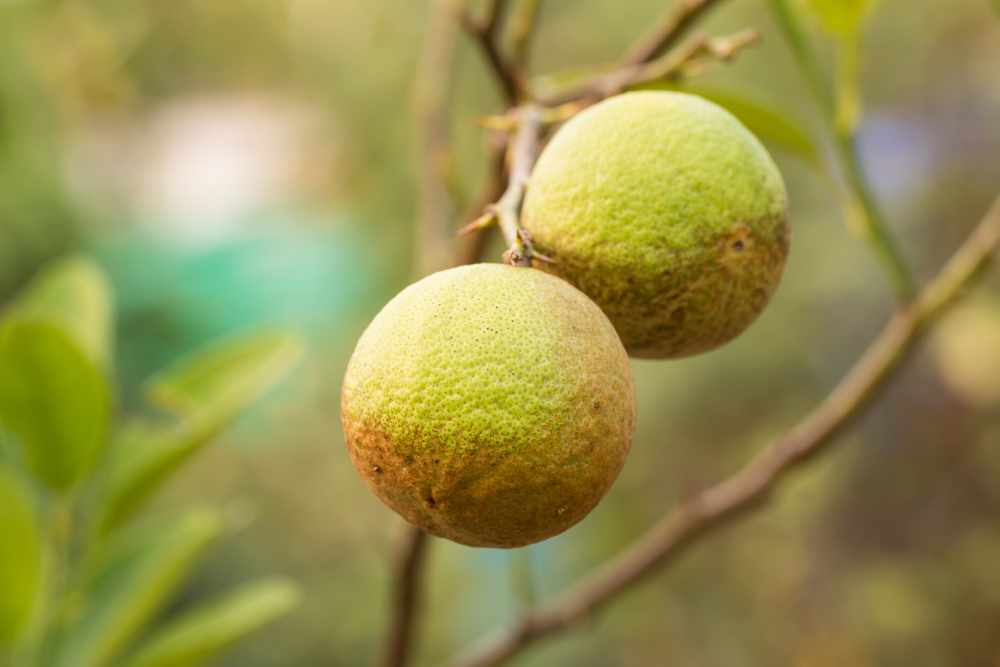
Root Rot
Root rot can be caused by a variety of soil-borne fungi. The health of plants is harmed by root rot. It causes yellowing of the leaves, defoliation, and foliage death. It can also attack the fruit if it is transferred from the soil to the plant via rain, watering, or irrigation systems.
Controlling of the disease is done through reduced watering and maintaining the root crown free from standing water. Lower branches should be pruned to be at least 60cm off the ground, and leaves and fruit that fall to the ground should be removed. spraying fungicide is the treatment.
Anthracnose
Anthracnose is a fungal disease that causes twigs to die back, as well as leaf drops and damaged fruits. It is caused by Colletotrichum fungi and is more common after prolonged periods of rain. Treatment Suggestion: Azoxystrobin is a combination of zinc sulfate, copper sulfate, and hydrated lime.
Botrytis
Botrytis fungus is another infectious disease that can destroy lemon trees. This disease usually appears after a lengthy period of rain, usually along the shore. Spray the lemon tree with a fungicide according to the manufacturer’s instructions to prevent contagious contamination.
Greasy Spot
Another fungal condition is a greasy spot. Greasy patch with symptoms such as yellow earthy colored blisters on the belly side of the leaves. As the condition progresses, the blisters become slippery and greasy. Copper fungicide must be sprayed to treat. First, apply in June and catch up with another application in August.
Citrus Phytophthora
A fungus causes root or collar decay in lemon trees. The disease causes hard, dull, earthy-colored patches to appear on the tree’s trunk. The patches dry, split, and die as the disease progresses, leaving a dull, sunken zone. Fruit may also be harmed by brown-colored rotting patches. This fungus thrives in the dirt but clings up to the tree during severe rainfall of rain.
To treat the infected tree, remove any infected leaves and fruits from the ground. Lower branch pruning and a strong fungal treatment are essential for optimal recovery. Fungicide is recommended as a treatment. Utilization of resistant rootstock and Irrigation administration are other treatments.
Citrus Melanose
Citrus Melanose is a pathogenic fungus that feeds on dead or rotting plant material. Infections of Melanose are caused when a considerable number of the fungus is present on dead branches or branches that are wet for an extended length of time, such as twenty-four hours or more, induced by either rain or overhead irrigation. Small brown patches on the leaves are caused by the fungus.
Melanosis patches develop into elevated bumps that emerge above the leaf’s surface and discharge a red-brown gum. As the fungus spreads, leaves take on a rough texture due to the many ridges. Young shoots perish as a result of severe Citrus Melanose infections. Treatment: Fungicide.
- 20+ Chic Boho Bedroom Ideas for a Cozy and Stylish Retreat - June 20, 2024
- 12+ Modern Boho Living Room Ideas to Create a Unique Oasis - June 10, 2024
- 10 Stunning Canopy Bed Ideas for a Dreamy Escape - May 16, 2024

